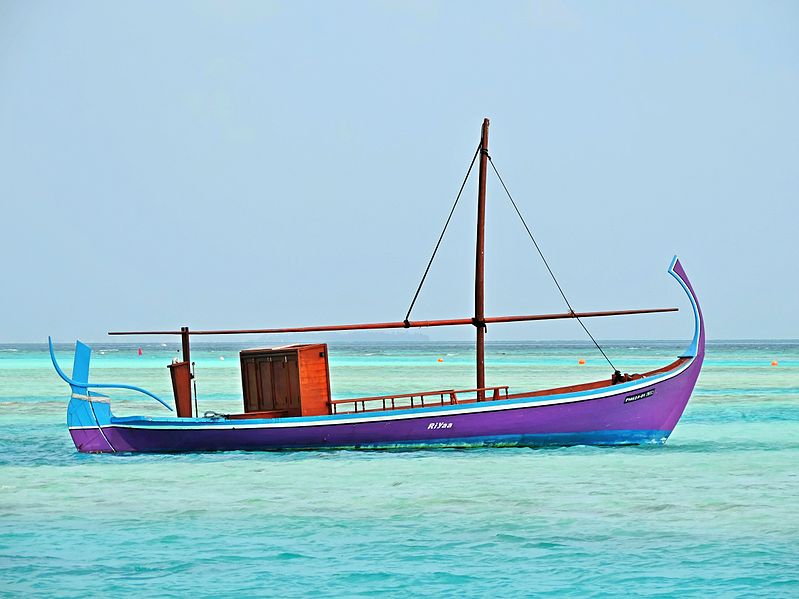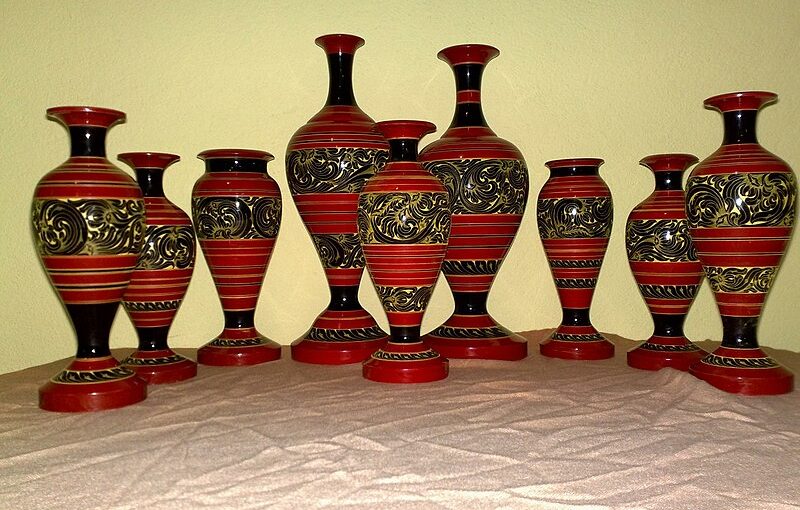The Maldives, often celebrated for its stunning beaches and luxurious resorts, also boasts a rich artistic heritage that reflects its vibrant culture and history. Delving into the craftsmanship of this island nation reveals a deep love for artistry and tradition that is as captivating as its natural beauty.
Traditional Lacquer Work
One of the most exquisite forms of Maldivian craftsmanship is traditional lacquer work. This ancient art, known as “liyelaa jehun,” involves intricate designs painted on wooden objects, typically using natural dyes. The vibrant colours and detailed patterns reflect the island’s natural surroundings and cultural motifs, making each piece a unique masterpiece.
Handwoven Mats (Thudu Kunaa)
The craft of weaving mats, or “thudu kuna,” is another significant aspect of Maldivian artistry. Made from the leaves of the screw pine tree, these mats are not only functional but also beautifully decorative. The weavers, predominantly women, employ traditional techniques passed down through generations, ensuring the preservation of this heritage craft.
Boat Building (Dhoni Craftsmanship)

Boat building, particularly the construction of traditional dhonis, showcases the Maldivian expertise in maritime craftsmanship. These vessels, essential for fishing and transport, are handcrafted using age-old techniques. The skills involved in shaping and joining the wooden planks highlight the deep connection between the Maldivians and their maritime environment. While enjoying diving experiences at Maldives diving resorts the likes of Kuda Villingili, it is useful to learn how men of old used to navigate the seas as well.
Coral Stone Carving
Historically, coral stone carving has played a pivotal role in Maldivian architecture, particularly in building mosques. Artisans carve intricate designs into coral stone, creating stunning facades and intricate interior decorations. This craft, although less common today due to conservation efforts, remains a testament to the Maldivians’ artistic ingenuity and respect for their natural resources.
